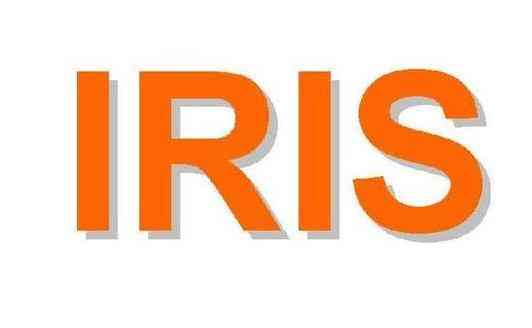|
IS0
I NT ERN AT1 O N A L O R GA N IZAT I ON FOR STA N DARD IZATIO N
IS0 RECOMMENDATION
R 761
METHOD FOR THE DETERMINATION OF BROMINE INDEX
1st EDITION
June 1968
COPYRIGHT RESERVED
The copyright of IS0 Recommendations and IS0 Standards
belongs to IS0 Member Bodies. Reproduction of these
documents, in any country, may be authorized therefore only
by the national standards organization of that country, being
of ISO.
a member
For each individual country the only valid standard is the national standard of that country.
Printed in Switzerland
Also issued in French and Russian. Copies to be obtained through the national standards organizations.
---------------------- Page: 1 ----------------------
BRIEF HISTORY
The IS0 Recommendation R 761, Method for the determination of bromine index, was drawn
up by Technical Committee ISO/TC 47, Chemistry, the Secretariat of which is held by Ente Nazionale
Italian0 di Unificazione (UNI).
Work on this question by the Technical Committee began in 1956 and led, in 1962, to the
adoption of a Draft IS0 Recommendation.
L
In November 1963, this Draft IS0 Recommendation (No. 661) was circulated to all the IS0
Member Bodies for enquiry. It was approved, subject to a few modifications of an editorial nature, by
the following Member Bodies :
Australia
Hungary Portugal
Austria
India Romania
Belgium
Israel Spain
Chile Italy U.A.R.
Colombia Japan United Kingdom
Czechoslovakia Korea, Rep. of U.S.S.R.
France Netherlands Yugoslavia
Germany Poland
One Member Body opposed the approval of the Draft :
New Zealand
The Draft IS0 Recommendation was then submitted by correspondence to the IS0 Council,
which decided, in June 1968, to accept it as an IS0 RECOMMENDATION.
-3-
---------------------- Page: 2 ----------------------
ISO/R 76 1-1968 (E)
IS0 Recommendation R 761 June 1968
METHOD FOR THE DETERMINATION OF BROMINE INDEX
1. SCOPE
This IS0 Recommendation describes a method for the determination of bromine index, in particular
of acetic anhydride and of n-butanol.
2. DEFINITION
The bromine index is defined as the number of grammes of bromine consumed by 100 g of the sample
under the conditions of test.
3. PRINCIPLE
Treatment of the sample, in acid solution, with excess potassium bromide-bromate solution and, after
addition of potassium iodide solution, titration of the liberated iodine with a standard volumetric
solution of sodium thiosulphate.
4. REAGENTS
Distilled water or water of equivalent purity should be used in the test.
4.1 Acetic acid, glacial.
4.2 Hydrochloric acid, d = 1.18.
4.3 Carbon tetrachloride.
4.4 Potassium iodide, 150 g/1 solution.
4.5 Starch, 5 g/l solution, freshly prepare .
4.6 Sodium thiosulphate, 0.10 M standard volumetric solution.
4.7 Potassium bromide-potassium bromate standard volumetric solution, approximately O. 1 N,
accurately standardized. Dissolve 10.2 g of potassium bromide and 2.8 g of potassium bromate
in water, dilute to 1000 ml. To determine the strength (NB) of this solution accurately, take
25 ml, add 5 ml of potassium iodide solution (4.4) and 1 ml of hydrochloric acid solution
(4.2), then titrate with the 0.10 M sodium thiosulphate standard volumetric solution (4.6).
NOTE. - 1 ml of 0.10 M sodium thiosu
...














